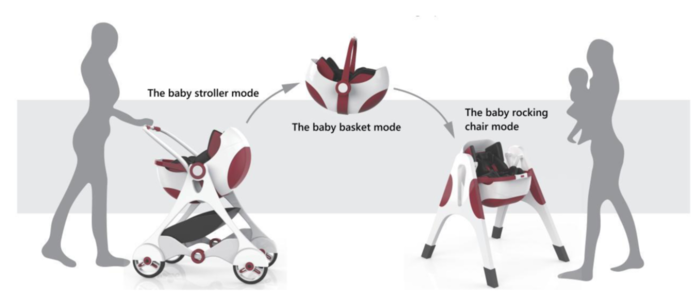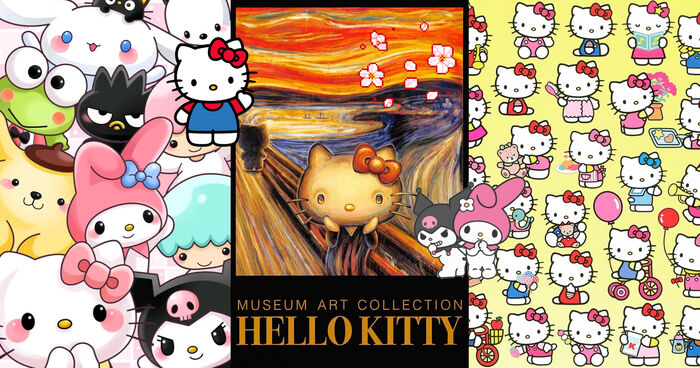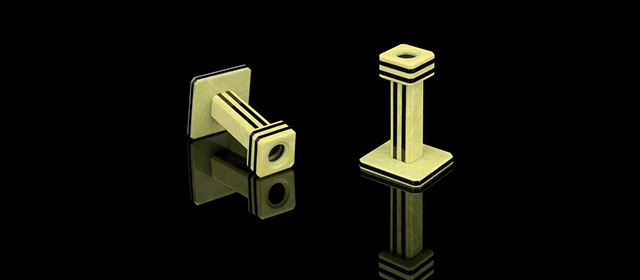Curator Gavin Grindon stated in an interview that he first spotted a home made gas mask on Twitter during the Gezi Park protests in Turkey in 2013( 1). He then came across an Arab video on YouTube with a how to-guide on how to make a gas mask out of a plastic bottle. According to the interview, Grindon saw possibilities of several improvements to this gas mask, which led the V&A to develop their own design, followed by an online how-to-guide; carefully designed to communicate the instructions in the best possible way.

In the language of actor-network-theory, the gas mask on display is a participant in a complex network with various human and nonhuman actors who together negotiate meaning and thus constitute the object. The benefit of looking at an exhibited object with actor-network-theory is that it equates the situations and players that produce the meaning of the thing. In other words, it is not only curatorial intentions that generate meaning, there are also for example museum politics and budget considerations, the designer of the actual object, exhibition technicians, social media such as Twitter, the audience in exhibition, exhibition reviewers, current trends and societal debates—and sometimes even national politics.
To demonstrate the complexity of the network that constitutes this plastic bottle gas mask on display, I will briefly list some of its different human and nonhuman actors: The Turkish Government (that was the reason for Gazi Park protests in Turkey in 2013); The Arab Spring which led to the production of the specific video that curator Grindon came across on YouTube; the person Gavin Grindon, who acknowledged the potential of this object and decided to improve the design, make it a museum object and publish the DIY-guide; Twitter and the exhibition technician who corrected the spotlight towards the exhibited mask. However, the object’s existence cannot not simply be reduced to its actors, it cannot be split up in bits and pieces and traced back, in a direct line, to some actual situations end events. I am rather suggesting that curator Grindon, the Gazi Park protests, V&A’s graphic designer and the Arab Spring are objects that together form a network that is entangled with the materiality of the gas mask itself, but which cannot be reduced to either. If the object is reduced to consist only of references to other humans, situations or events, the most pivotal is lost on the way: what we can touch, hear, smell, and see. The object itself.
1. Alice Bell, "The Global Network of DIY Tear Gas Masks"

.jpg)



Logg inn for å kommentere
Ikke UiO- eller Feide-bruker?
Opprett en WebID-bruker for å kommentere